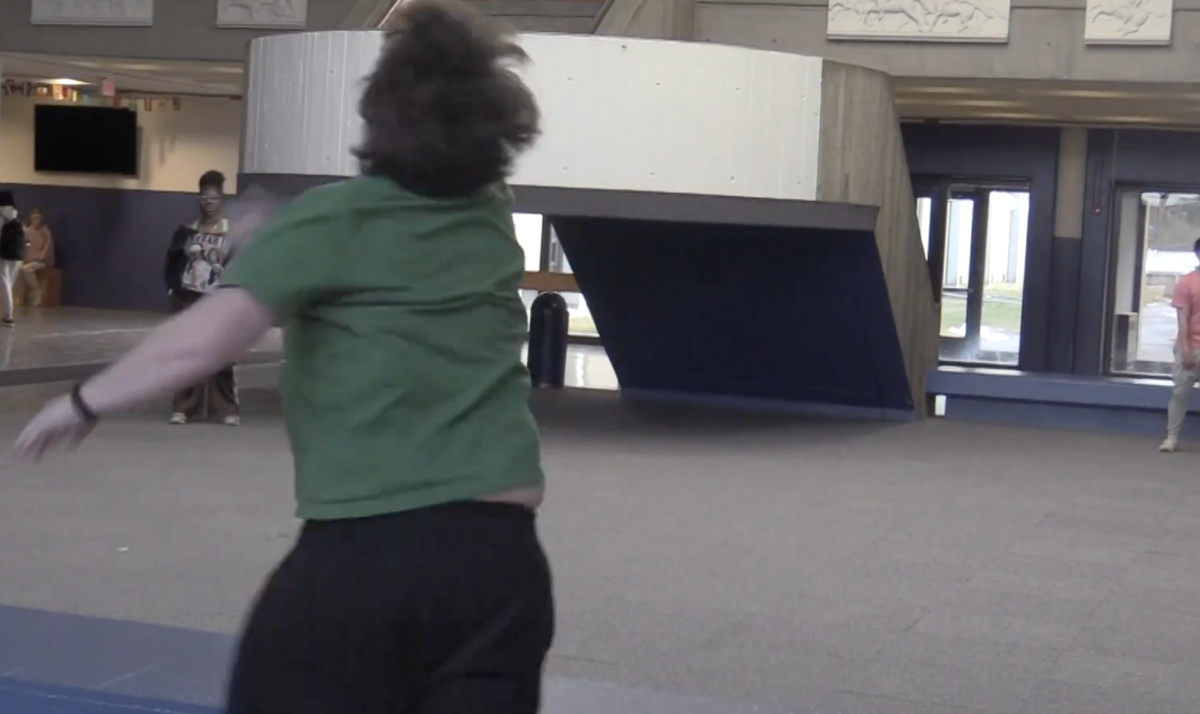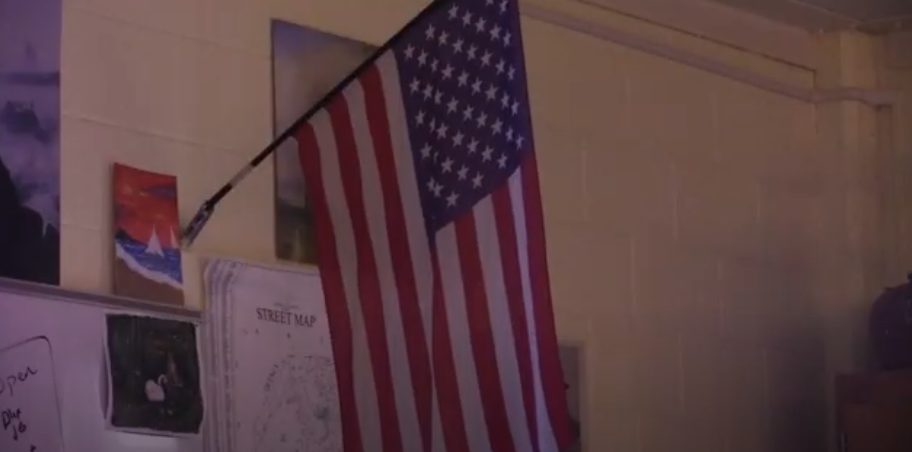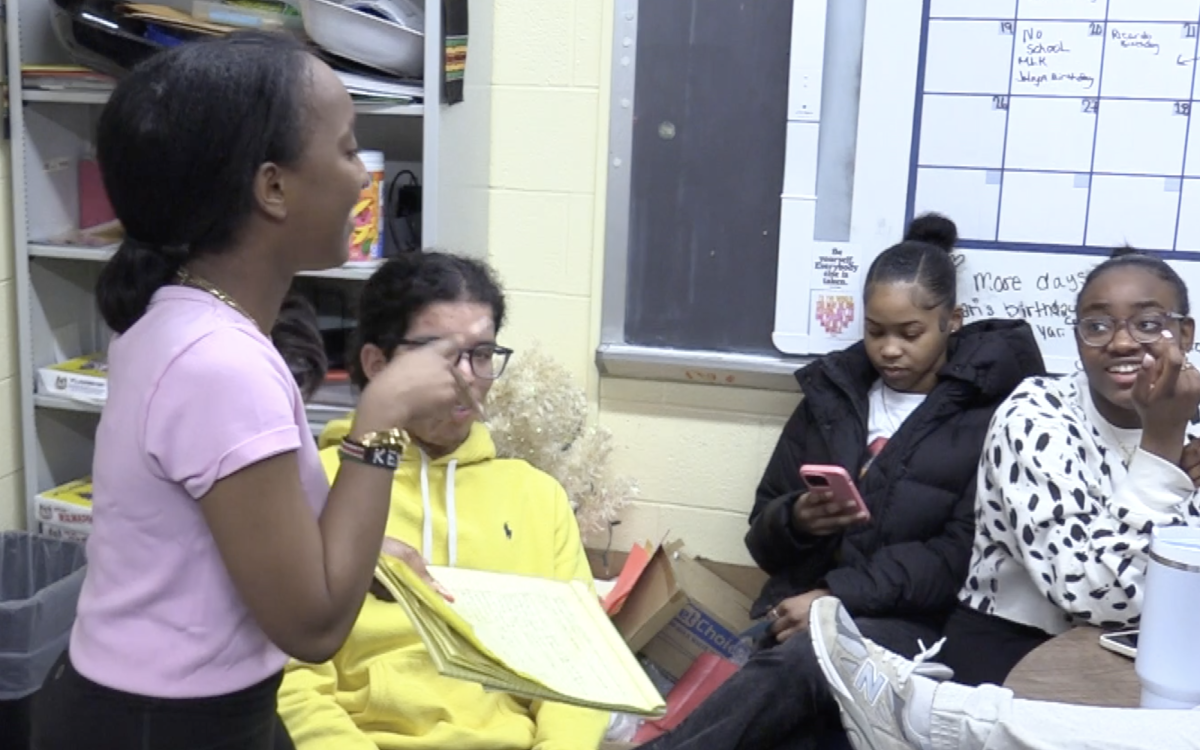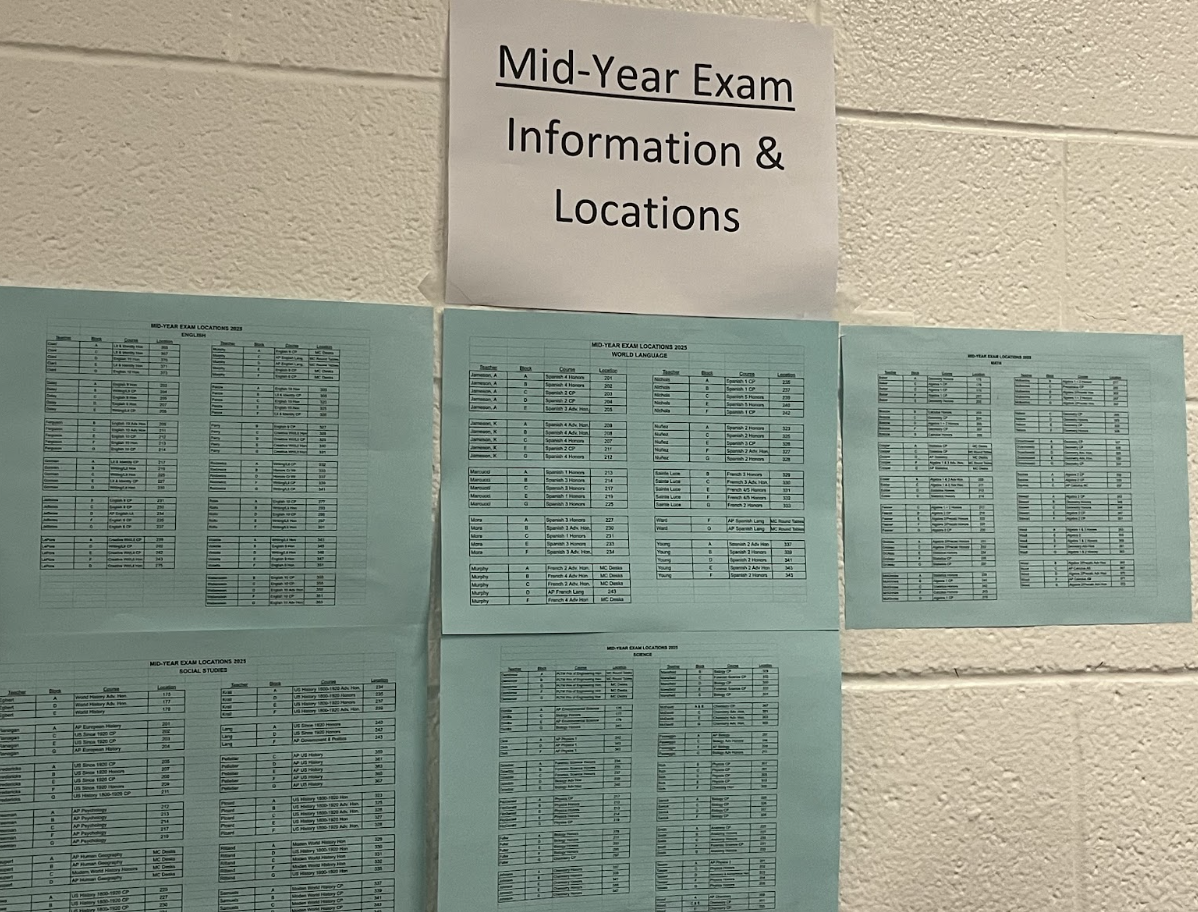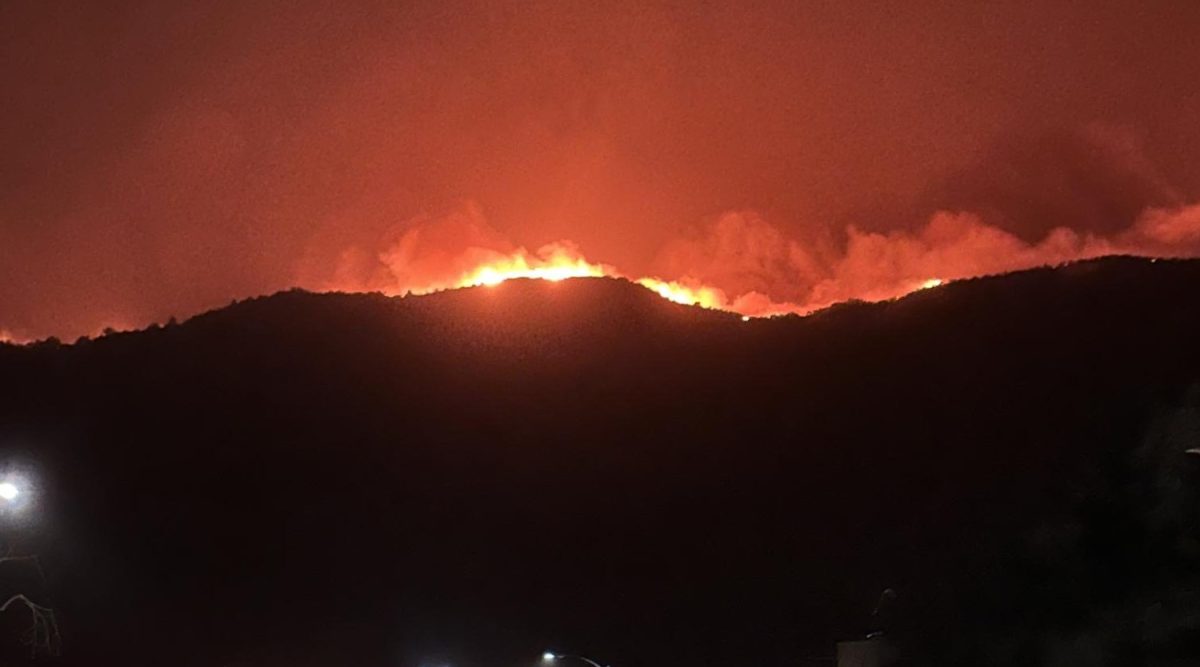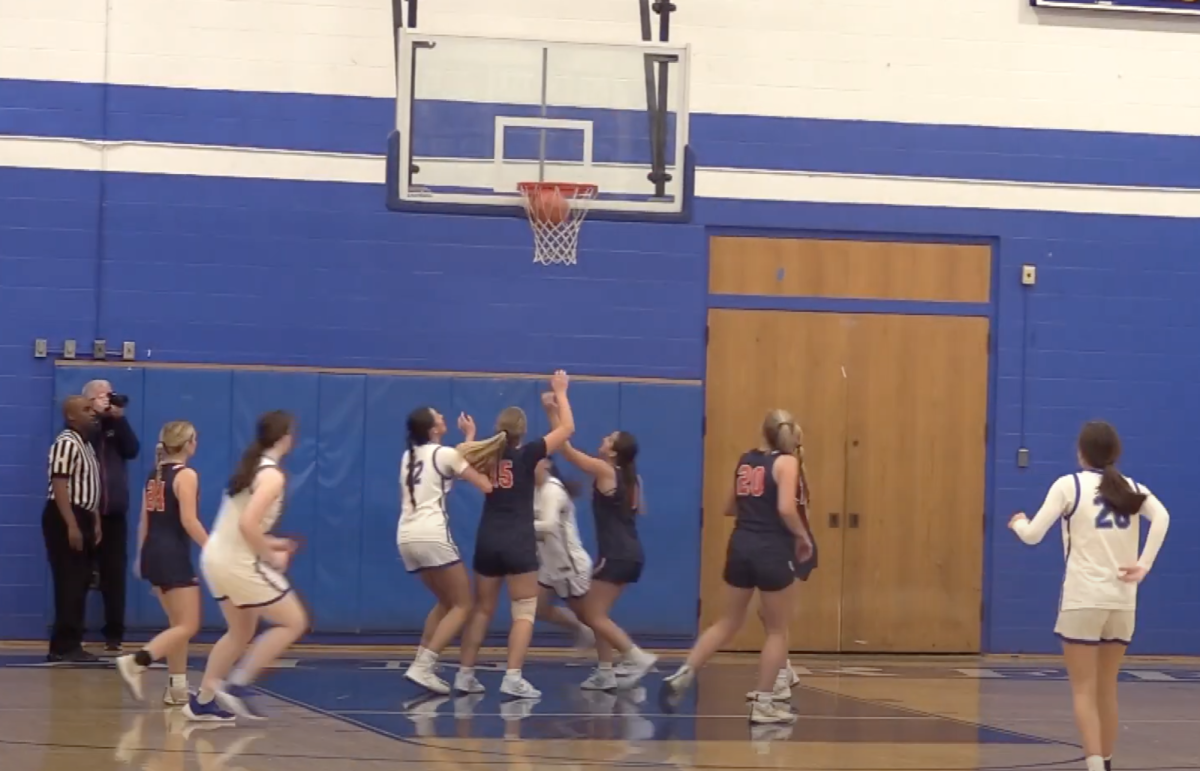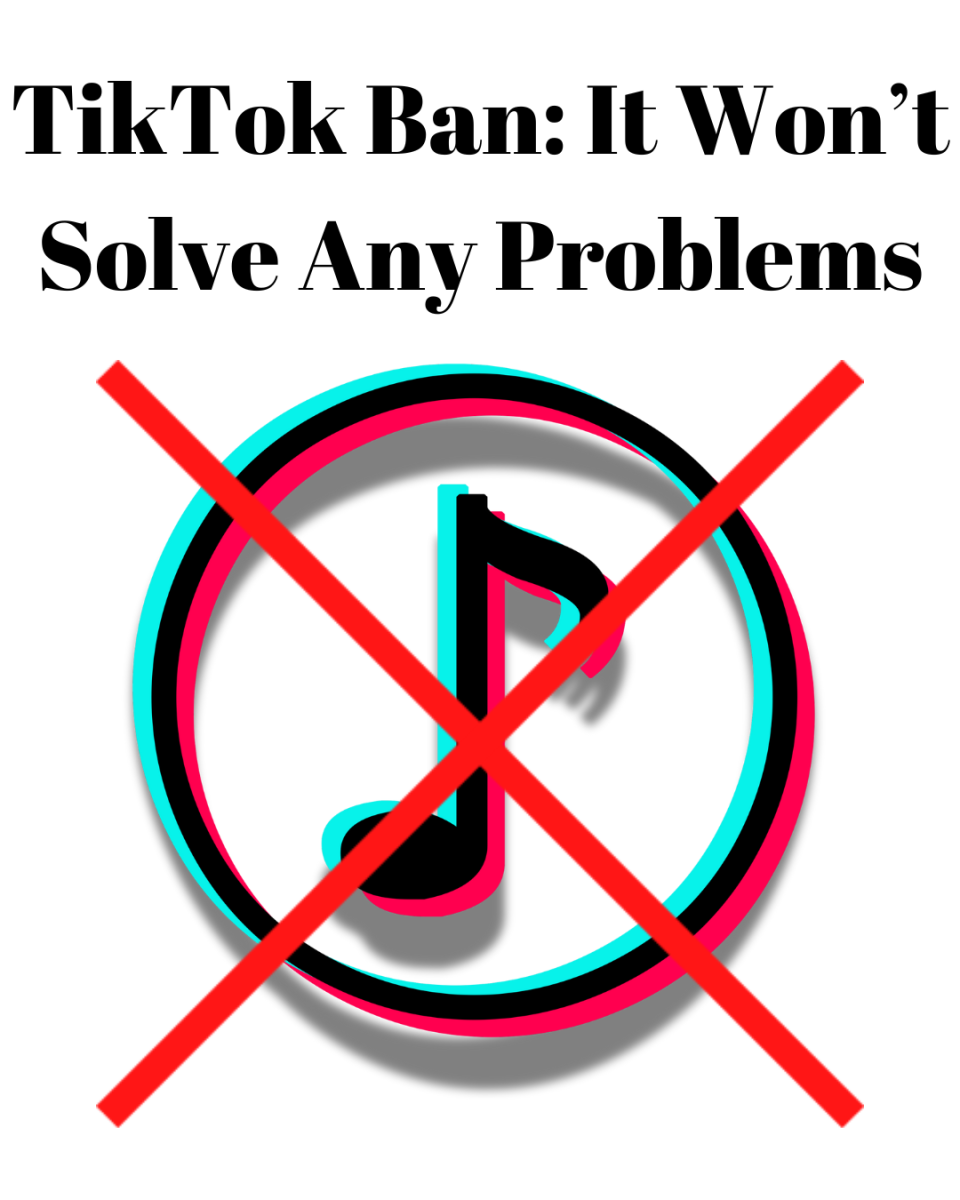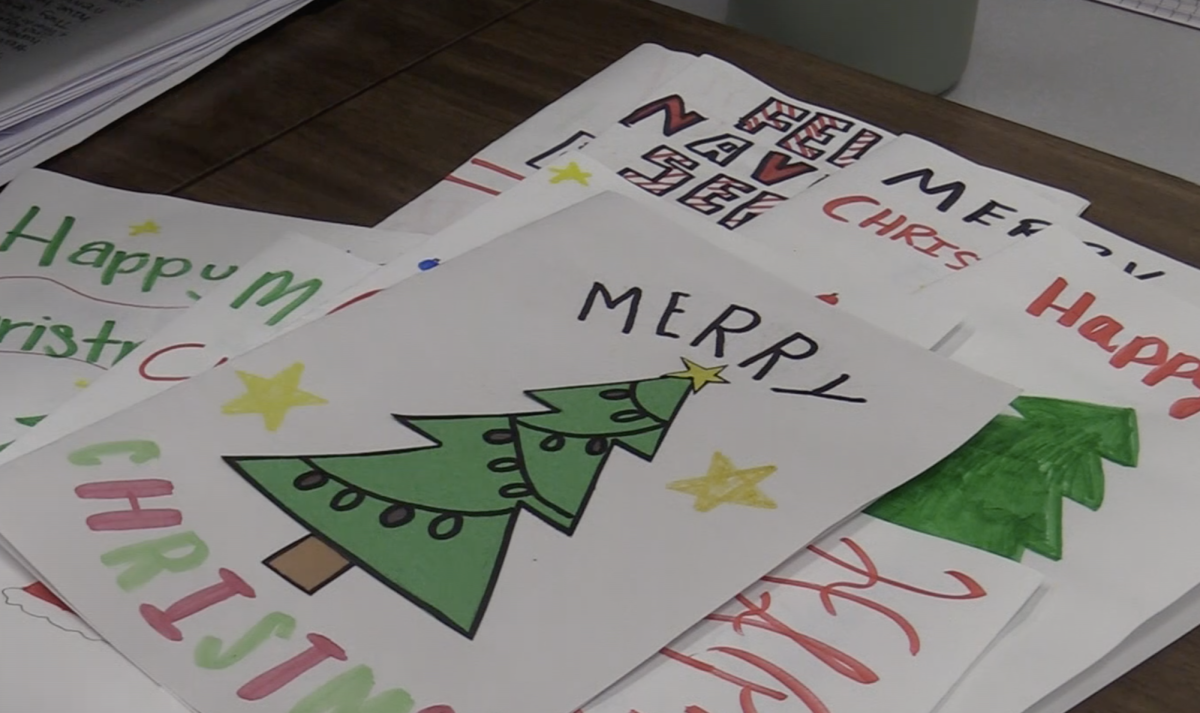The state of California is no stranger to a wildfire.
With an average of 7,500 wildfire incidents per year, state firefighters are trained and prepared in most cases. However, nothing could have prepared them for the magnitude of this recent outbreak: the Greater Los Angeles Wildfires have been raging on for nearly a month.
The dry conditions and strong Santa Ana winds were certainly no help in taming the blaze, signaling officials with red flag warnings. The morning of Friday, January 10, the largest Palisades fire had only been six percent contained. Now it has tamed, rising to 98% containment. However, when this fire had begun, many crews had found themselves unprepared, quickly losing water pressure and access to materials. This issue is assumed to be due to California’s significant history of droughts, especially within the past decade.
“Last night, [they] truly started to get bad,” expresses Kristina Brennan on January 8th, a Los Angeles resident experiencing the first of the fires, “I noticed that the fire was visible from my neighborhood. The smoke is all in the sky”.
As nightmarish clouds and blistering flames plowed through these residential structures, immediate evacuation notices were placed in order for 105,000 Los Angeles residents, with 87,000 more in a “warning” zone. Brennan is among those who have faced a warning, though these dark grey clouds were quite visible from her street.
“The northern border of Santa Monica is beginning to evacuate, while we are on the southern border,” she explains; “I’m not too worried at the moment. I have to be honest, I don’t even know what I would grab first if we were told to evacuate. I guess all of the family photos that I don’t have copies of.”
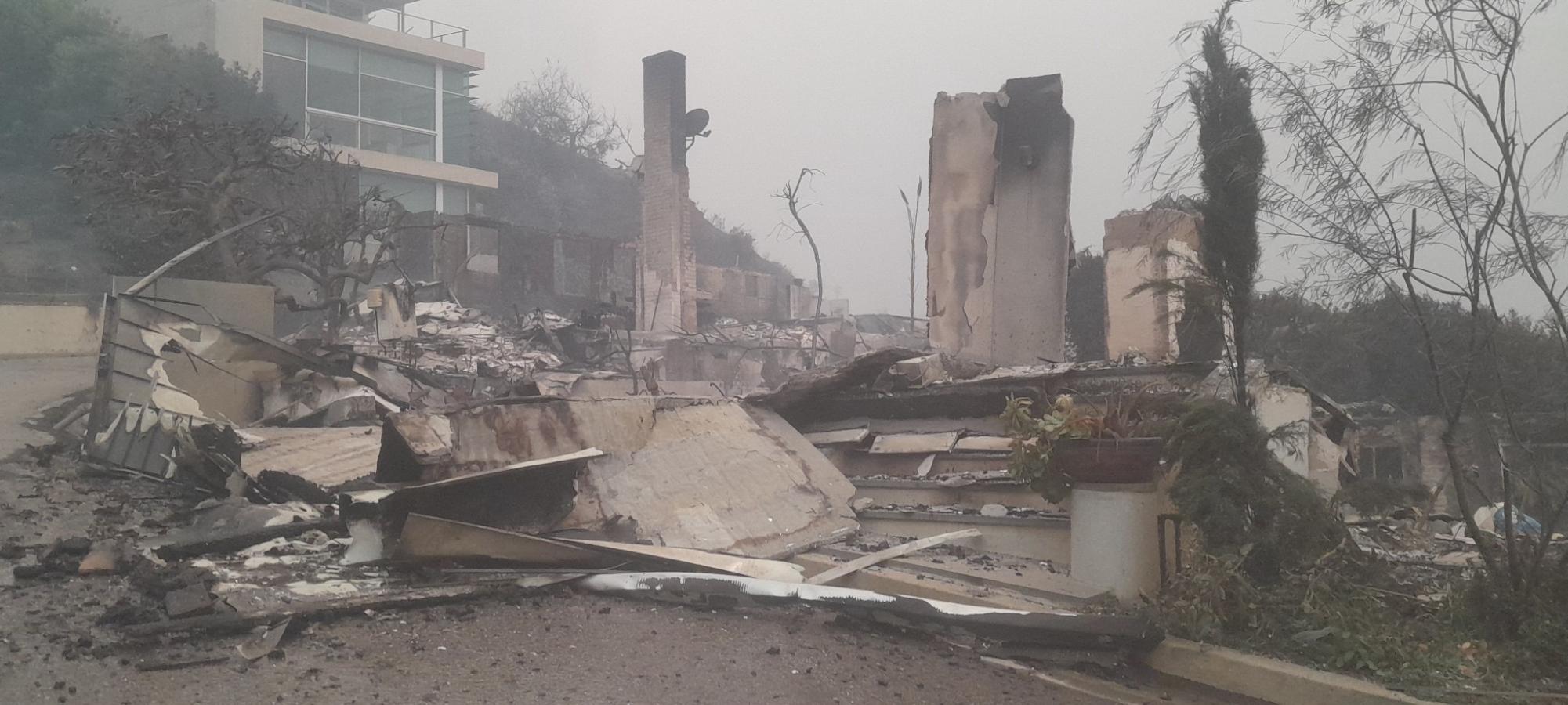
Tens of thousands of residents have now experienced this form of loss. From big celebrities such as Paris Hilton to average working citizens, many have returned to their evacuated homes to find their neighborhoods completely engulfed by flames and soot.
“I know two people whose houses are completely gone, and those are just two people. Ten or so of my friends have had to evacuate, and they don’t even know the state of their houses right now,” Brennan continues.
As of Wednesday, Brennan’s two sons, Shane and Rex, had been given two days off of school. For other children, school is now entirely out of the picture.
“This is the baseball field, where Rex would have played,” Brennan continues, driving through a charred street. What once was a lively sports field has now been flooded by flames, leaving behind only ashy remnants. “The high school is burning down. It’s devastating.”
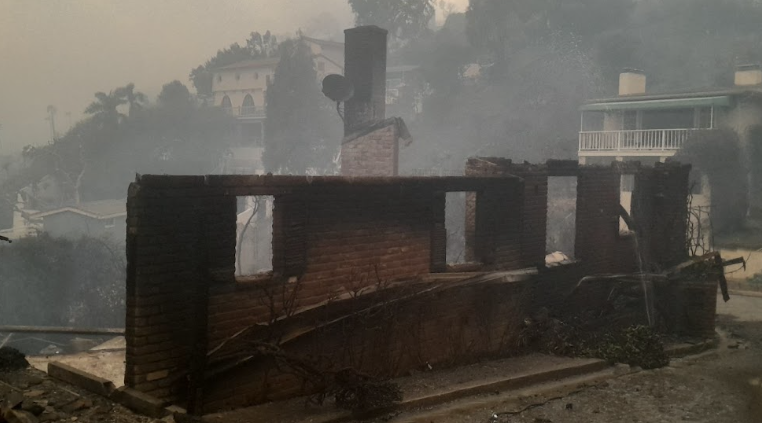
The California Department of Education released a statement that 335 schools in the area would close for the time being; some for the reason that heavy, hot smoke was unsafe for children to breathe, and others for the reason that very little of the actual school buildings remained.
The Palisades fire has now burned through over 37,000 acres of land, destroying over 12,000 structures. Along with this, there had been four other major fires burning through the city, varying in size and severity.
Officials have estimated that the costs of damages would rise up to $130 billion. This is both a new and devastating high for the city, and is on the track to becoming a country-wide record. Today, the Palisades fire has been named the county’s most destructive fire.
“Now, Airbnb partnered with the city and they are letting people stay in empty houses for free, which is good,” she adds. However, many Los Angeles home insurance companies have refused renewal in many fire-prone areas, such as the Palisades, leaving residents without any assistance in covering their losses.
The Los Angeles fires have been sudden and destructive. Many climate scientists have pointed in the direction of “climate whiplash” to be partially at fault for the scale of these fires. This takes the rapid switching between wet and dry conditions, in Los Angeles’ case very dry, and ultimately climate change, into consideration.
Across the country, in Brennan’s hometown of Quincy, Massachusetts, extreme weather and fires have also been a growing concern. On January 28th, a scaffolding collapse likely caused by similar heavy winds made local news. Around three months ago, in the neighboring city of Braintree, wildfires had been a concern for residents and elementary school children.
While wildfires have grown to be more common in California, it is rarer to see them on the East Coast. Many believe that these recent disasters are linked to climate change, with national and worldwide weather conditions “losing their predictability”.
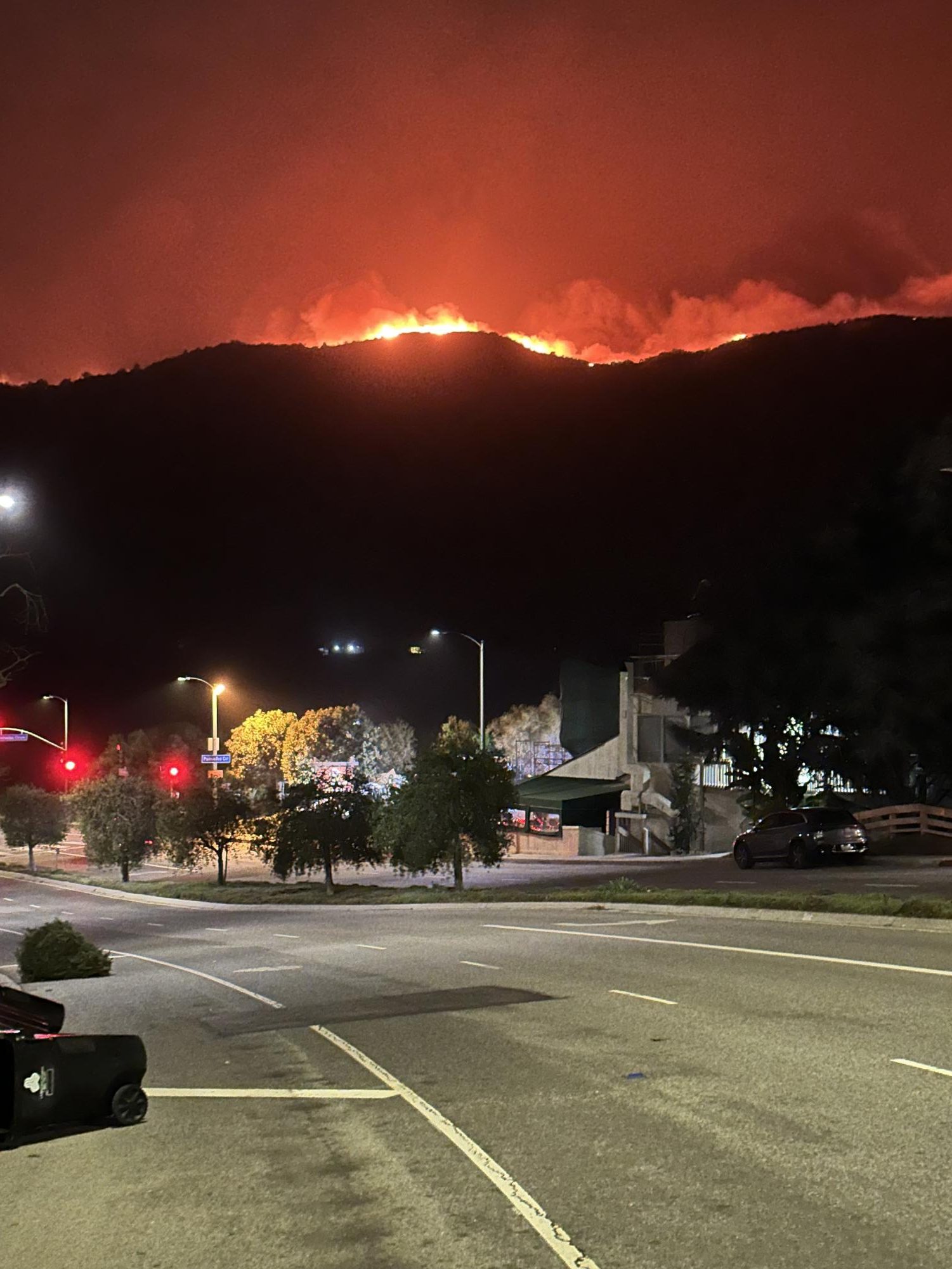
“Seriously, imagine seeing this headed your way,” Brennan expresses.
